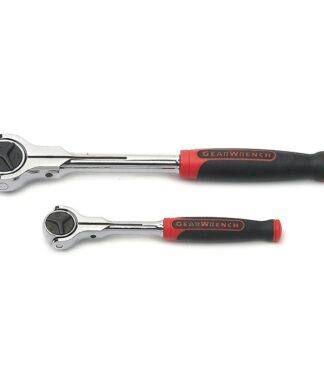-
×
 GearWrench Roto Ratchet Set 2pc
1 × £54.98
GearWrench Roto Ratchet Set 2pc
1 × £54.98
excl VAT -
×
 6mm Steel Cutter
1 × £6.90
6mm Steel Cutter
1 × £6.90
excl VAT
Subtotal: £61.88
excl VAT
Winter is well and truly upon us and as one of Europe’s number one tyre vendors we’re helping Brits stay safe with a series of seasonal road safety tips. With over 22 years of experience retailing tyre consumables and garage equipment, we are offering tried and tested advice from our expert team of professionals.
Recent statistics released by the Department for Transport revealed that treacherous winter weather conditions caused 5070 car accidents in 2012. Furthermore, wintery conditions were responsible for 324 light goods vehicle accidents and a further 336 incidents involving motorcycles, 149 involving HGVs and 75 involving buses. These figures are alarmingly high and indicate the dire need for UK motorists to maintain vigilance and ensure that vehicles are equipped to deal with the extreme winter weather.
Most drivers are well aware that winter weather conditions can have a dramatic effect on road safety, whether driving in the city, suburbs, motorway or countryside. Snow and ice create slippery surfaces which significantly impact steering, acceleration, braking and overall control. Yet despite this widely held knowledge, many UK drivers aren’t aware of simple measures that can be taken to enhance on-road safety during the winter months.
Leigh Stote, Sales and Marketing Director said, “Winter is by far the most dangerous time of the year to be on the road. Unfortunately many seasonal accidents could be avoided with the right education. That’s why we’ve released a collection of simple yet effective tips that we hope will minimise on-road accident statistics and even save lives this winter.”
One of the simplest ways to reduce the risk of winter accidents is to check lights are clean and in good working order. The short daylight hours and increased chance of fog mean that fully functional headlights and high beams are an on-road essential. Drivers are strongly advised to exercise extreme caution when braking, even in non-emergency scenarios. Hitting the brakes in snow or ice does not foster the usual level of tyre grip, causing the centrifugal force to pull the vehicle outwards. This can result in spins, skids and even flips. To avoid accidents we suggest drivers change into a lower gear, allow speed to drop and apply braking pressure as gently as possible. It’s also recommended to increase the gap between cars by up to ten times the usual distance.
Servicing tyres with a nitrogen inflation system is another certified way to stay safe during the winter period. Used by Formula 1 Grand Prix, earthmoving vehicles and aircrafts, nitrogen is renowned as the world’s safest inflation element. The diatomic gas does not contain the components of compressed air that are prone to escape which makes tyres more reliable and less at-risk of deflation. Incorrect tyre pressure is one of the key factors jeopardising vehicle handling and road holding. While incorrect tyre pressure during the summer can marginally affect handling, on slippery surfaces the consequences can be fatal.
Tread is a year-round tyre concern yet during the winter months we urge drivers to be particularly attentive. When temperatures drop to below 7°C tread compound begins to harden which reduces on-road grip. To prevent hardening, drivers can choose to replace tyres with purpose built winter models manufactured with natural rubber and unique silica compounds designed to minimise the hardening effect. The benefits for winter weather tyres were recently proven in a test commissioned by the British Tyre Manufacturers Association which found that when fitted with winter weather tyres, a car braking in 5°C on a wet road at 60mph stopped five metres shorter than its non-winter ready counterpart.
Finally, we encourage all winter motorists to drive with a fully charged mobile phone. This will allow them to call for help should they encounter an accident while traversing the winter roads.